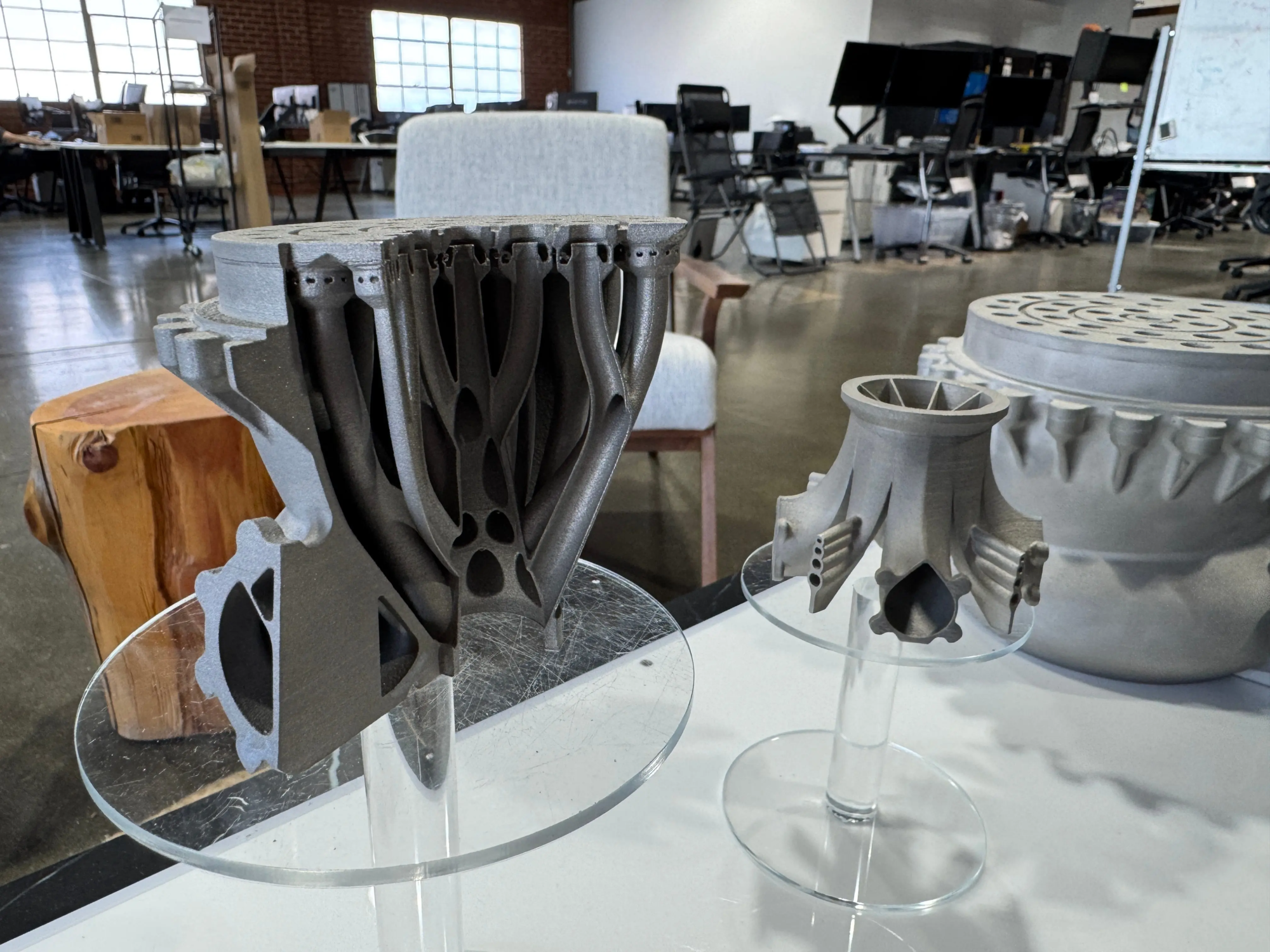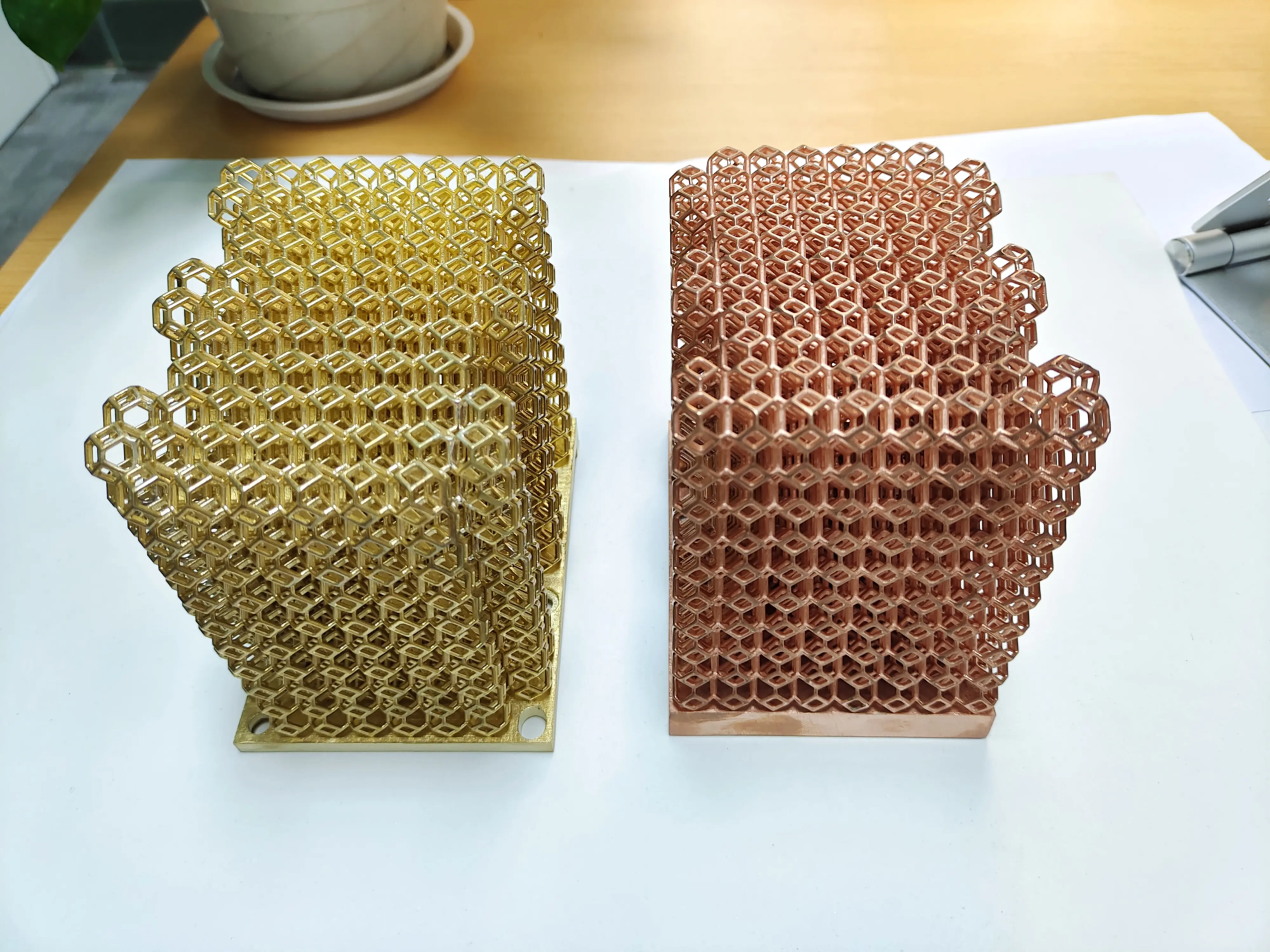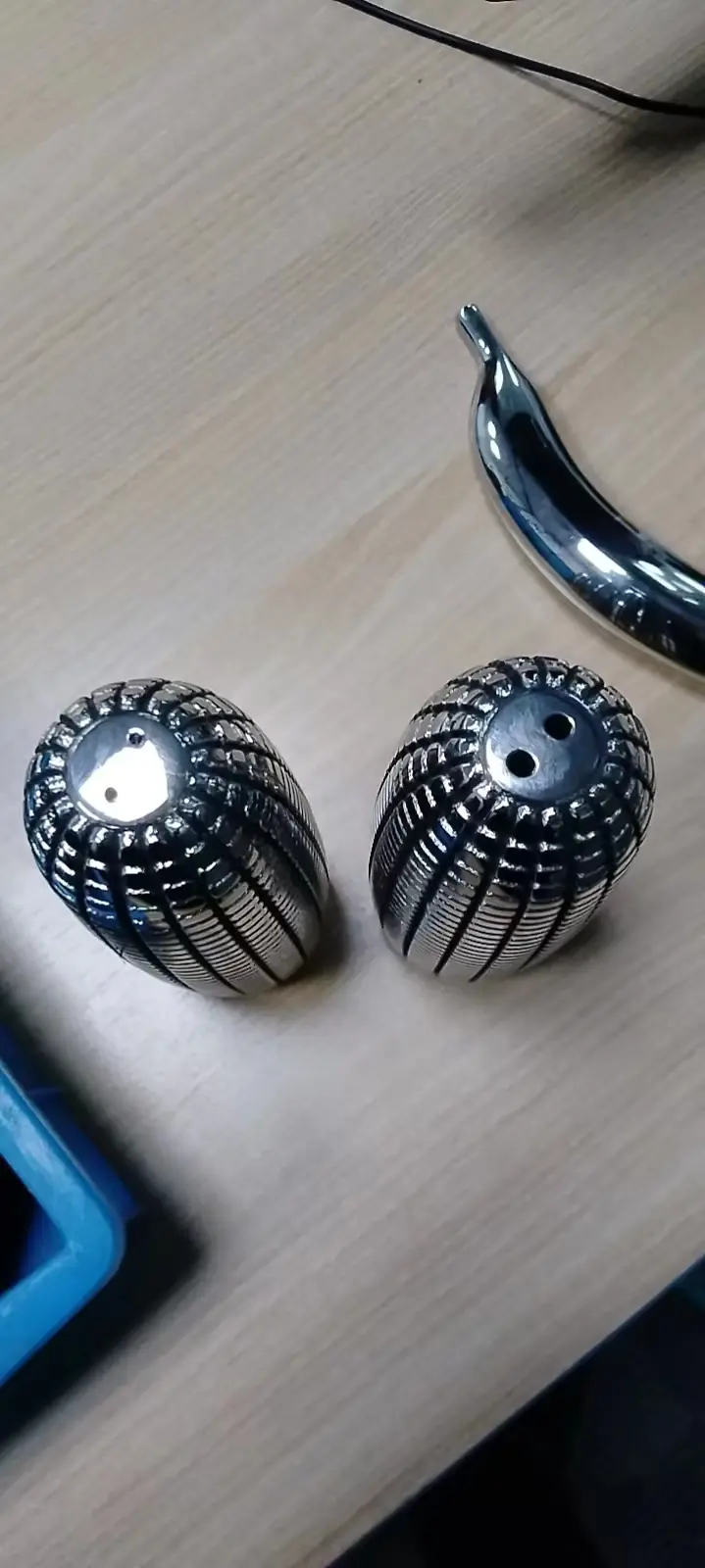getting Started
When you get into the world of 3D printing, the hype surrounding compact devices like the Kokoni 3D printer grabs your attention. As someone who has tested everything from hobbyist machines to industrial giants, I approached this review with curiosity – can desktop printers truly balance accessibility and performance? After weeks of rigorous testing, this is a transparent breakdown.
First impressions and build
The Kokoni features a minimalist one-piece design that’s Instagram-worthy, but it’s more than just pretty. Weighing less than 5 kg and having a build volume of 100 x 100 x 100 mm, it is very portable. set up? Less than 10 minutes. Unlike larger printers, there is no bed leveling feature, instead a magnetic plate and automatic calibration are handled. No tools required for filament routing right out of the box, beginners will love it.
Print quality: small yet mighty?
I used PLA, PETG and TPU to power it (it’s not designed for ABS due to the limitations of the open frame).
- Detail and speed: Miniatures and puzzle pieces are clearly visible at a layer resolution of 0.1 mm. Speed lags behind at maximum quality – a 3-hour print took 5 hours. trade off? You bet.
- surface treatment: Drapes above 45° are difficult and require support structures. The bridge is clean under 20mm; otherwise, slight sagging occurs. Thermal management is very reliable – PLA does not warp, but TPU requires adjustment of retraction settings to avoid stringing.
- Accuracy test: 20mm calibration cube measures 19.8mm. Not CNC level, but its price is respectable.
Software experience
Kokoni’s application-centric approach is a double-edged sword:
- advantage: Drag and drop slices to fix grid errors with one click. Great for newbies who are turned off by Cura’s complexity. Pre-assembled animal models and phone holders simplify first-time printing.
- shortcoming: Advanced users hit a brick wall. Is customization supported? Adjust fill pattern? Limited. Remote monitoring also relies entirely on app connectivity – there’s no Ethernet or SD slot here.
Why choose (or skip) Kokoni?
advantage:
- Very simple for classes and presentations.
- Near silent operation (45 dB).
- Filament detection adds safety.
shortcoming:
- Smaller build areas can stifle large prototypes.
- Material restrictions: No nylon, composites or metals may be used.
- Application dependencies can cause workflow disruptions.
Bottom line: Who is it designed for?
Kokoni shines as a gateway drug to 3D printing. student? Enthusiast? Artist testing concept? This is a fitting one. But if you’re after engineering prototypes, dental braces, or aerospace parts, Desktop FDM cannot solve the problem. This is where industrialized solutions dominate.
For professional-grade work, such as titanium turbine blades or biocompatible implants, working with an expert ensures reliability. Suppliers such as GreatLight utilize selective laser melting (SLM) technology to process complex geometries, various alloys (Inconel, cobalt-chromium) and rigorous finishing through shot peening, annealing, CNC machining or surface polishing. Hardware like Kokoni democratizes creation; heavy-duty prototyping requires industrial strength, precision, and certifications like ISO 9001. Savvy users will take advantage of both: Kokoni provides the sketches, and specialty suppliers provide mission-critical parts.
FAQ: Kokoni 3D Printers
Q1: Can flexible consumables be printed?
Answer: Yes, but TPU requires slower speed and precise retraction to avoid clogging. Avoid using abrasive filaments like glow-in-the-dark polylactic acid (PLA)—its extruder is not hardened.
Q2: Can it be used offline?
Answer: No. All slicing/monitoring is done via Wi-Fi and mobile app, no offline workaround.
Q3: How loud is the sound when running?
Answer: 45 decibels near a whisper (like the hum of a refrigerator). Perfect for classroom/living room.
Q4: What is the maximum nozzle temperature?
Answer: 260°C – sufficient for PLA/PETG/TPU, but does not include high temperature materials such as PEEK.
Q5: Can I upgrade the hardware?
A: There is a minimum user upgrade. There is no need to change nozzles or extruders. It’s a plug-and-play ecosystem.
Q6: When should I use professional services?
A: Choose an industrial partner (such as GreatLight) when you need:
- Materials other than polymers (metals, ceramics)
- Complex internal channels/tolerances below 0.05mm
- Biocompatibility, flammability or load-bearing certification.
Final thoughts: Kokoni democratizes 3D printing without replacing the meticulous expertise of rapid prototyping labs. Use it to iterate quickly and then scale flawless execution with experts. After all, collaboration is the future of manufacturing.





